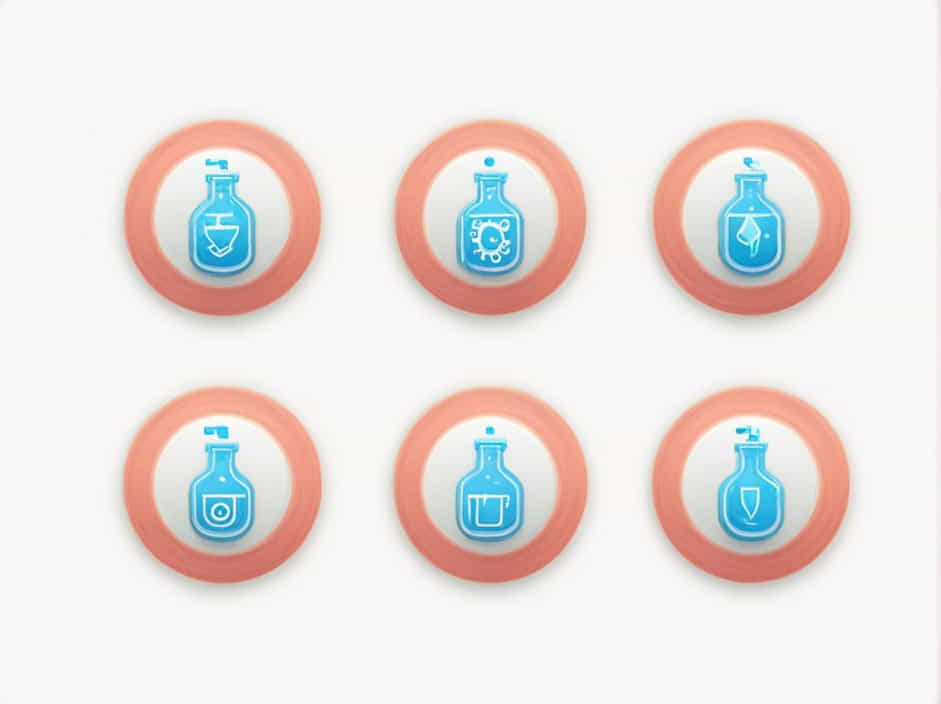Water desalination is the process of removing salt and other impurities from seawater or brackish water to make it suitable for drinking, irrigation, and industrial use. With freshwater shortages increasing globally, desalination has become a critical technology for supplying clean water to millions of people.
There are several methods for desalinating water, each with unique advantages and challenges. In this topic, we will explore the most common and emerging desalination technologies and how they work.
1. Reverse Osmosis (RO) Desalination
1.1 How Reverse Osmosis Works
Reverse osmosis is the most widely used desalination method today. It involves pushing saltwater through a semi-permeable membrane under high pressure. This membrane allows water molecules to pass while blocking salt, minerals, and contaminants.
1.2 Advantages of Reverse Osmosis
-
High efficiency in removing salt and impurities.
-
Energy recovery systems help reduce energy consumption.
-
Used in large-scale desalination plants and portable desalination units.
1.3 Challenges of Reverse Osmosis
-
High energy consumption due to the pressure required.
-
Membrane fouling (clogging) reduces efficiency over time.
-
Brine disposal (concentrated saltwater waste) can harm marine life if not managed properly.
2. Distillation-Based Desalination
2.1 Multi-Stage Flash Distillation (MSF)
This method involves heating seawater until it evaporates and then condensing the vapor into fresh water. The process occurs in multiple stages, gradually lowering the pressure to enhance evaporation.
2.2 Multi-Effect Distillation (MED)
MED operates similarly to MSF but uses a series of evaporators to increase efficiency. The heat from one stage is reused in the next, reducing energy consumption.
2.3 Vapor Compression Distillation (VCD)
VCD is primarily used for small-scale desalination. It uses mechanical or thermal compression to increase the evaporation rate while recycling heat.
Advantages of Distillation Methods
-
Effective at removing all contaminants, including bacteria and viruses.
-
Works well in areas with low-quality water sources.
-
Reliable for industrial applications and off-grid locations.
Challenges of Distillation
-
High energy consumption, making it expensive for large-scale use.
-
Requires significant infrastructure, limiting accessibility in some regions.
-
Scaling issues-distillation is more suitable for specific conditions rather than general use.
3. Electrodialysis (ED) and Electrodialysis Reversal (EDR)
3.1 How Electrodialysis Works
Electrodialysis uses electrically charged membranes to separate salt and minerals from water. When an electric current is applied, positively and negatively charged ions move through the membranes, leaving behind fresh water.
3.2 Electrodialysis Reversal (EDR)
EDR is a variation that reverses the electrical charge periodically to prevent membrane fouling, extending the system’s lifespan.
Advantages of Electrodialysis
-
Energy-efficient compared to distillation methods.
-
Ideal for brackish water rather than seawater.
-
Membranes last longer due to charge reversal in EDR.
Challenges of Electrodialysis
-
Not suitable for high-salinity seawater (better for brackish water).
-
Requires electricity, limiting use in areas without a reliable power supply.
-
Membranes require maintenance and replacement over time.
4. Forward Osmosis (FO) Desalination
4.1 How Forward Osmosis Works
In forward osmosis, water moves naturally across a semi-permeable membrane due to a concentration gradient. Instead of using high pressure (like reverse osmosis), FO uses a "draw solution" with high osmotic pressure to pull water through the membrane.
4.2 Advantages of Forward Osmosis
-
Lower energy consumption than reverse osmosis.
-
Reduces membrane fouling, extending lifespan.
-
Can be used for wastewater treatment and food processing.
4.3 Challenges of Forward Osmosis
-
Draw solution recovery is still under development, limiting efficiency.
-
Not widely adopted compared to other desalination methods.
-
Slow processing time compared to high-pressure methods.
5. Solar Desalination
5.1 Solar Still Desalination
Solar desalination mimics the natural water cycle. Seawater is placed in a solar still, where sunlight evaporates the water, leaving salt behind. The vapor then condenses into fresh water.
5.2 Solar-Powered Reverse Osmosis
This method uses solar energy to power reverse osmosis systems, reducing reliance on fossil fuels.
Advantages of Solar Desalination
-
Environmentally friendly with zero carbon emissions.
-
Ideal for remote areas with abundant sunlight.
-
Simple technology, making it accessible for small communities.
Challenges of Solar Desalination
-
Slow process compared to industrial desalination.
-
Limited output, making it unsuitable for large-scale water supply.
-
High upfront costs for setting up solar-powered systems.
6. Freezing Desalination
6.1 How Freezing Desalination Works
When seawater freezes, ice crystals do not contain salt. The ice can be separated, melted, and used as freshwater.
Advantages of Freezing Desalination
-
Lower energy requirements compared to evaporation-based methods.
-
Less membrane fouling compared to reverse osmosis.
-
Less impact on marine environments due to reduced brine discharge.
Challenges of Freezing Desalination
-
Complex separation process to extract freshwater ice.
-
Still in early development, with few large-scale applications.
-
Requires cold environments or artificial cooling, which can be costly.
7. Emerging Desalination Technologies
7.1 Graphene-Based Membranes
Graphene membranes offer higher water flow rates while blocking salt more effectively than traditional membranes. These membranes could revolutionize reverse osmosis and forward osmosis desalination.
7.2 Nanotechnology Filtration
Nano-filters improve desalination efficiency by reducing energy consumption and enhancing water purification.
7.3 Biomimetic Desalination
Inspired by biological water channels (aquaporins), this technology mimics natural filtration processes to enhance energy efficiency in desalination.
7.4 Hydrogen-Powered Desalination
This method uses renewable hydrogen energy to power desalination plants, making the process more sustainable.
Desalination is an essential solution for providing clean water in water-scarce regions. Each method-whether reverse osmosis, distillation, electrodialysis, forward osmosis, solar desalination, freezing, or emerging technologies-has its own advantages and challenges.
As water demand increases, advancements in nanotechnology, renewable energy, and innovative membrane materials will continue to improve desalination efficiency, making it more sustainable and cost-effective for the future.
